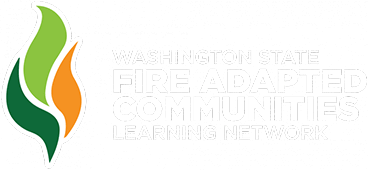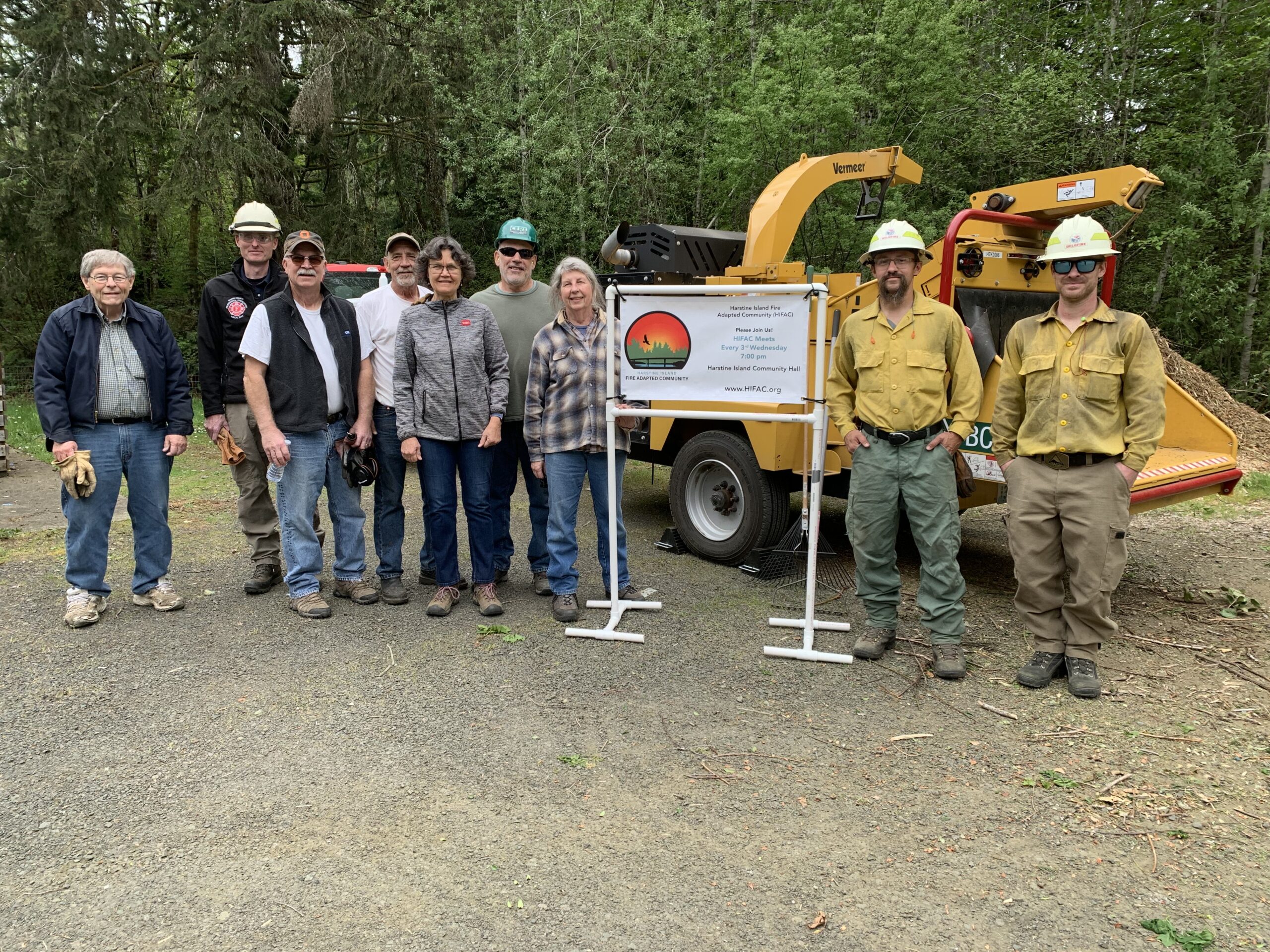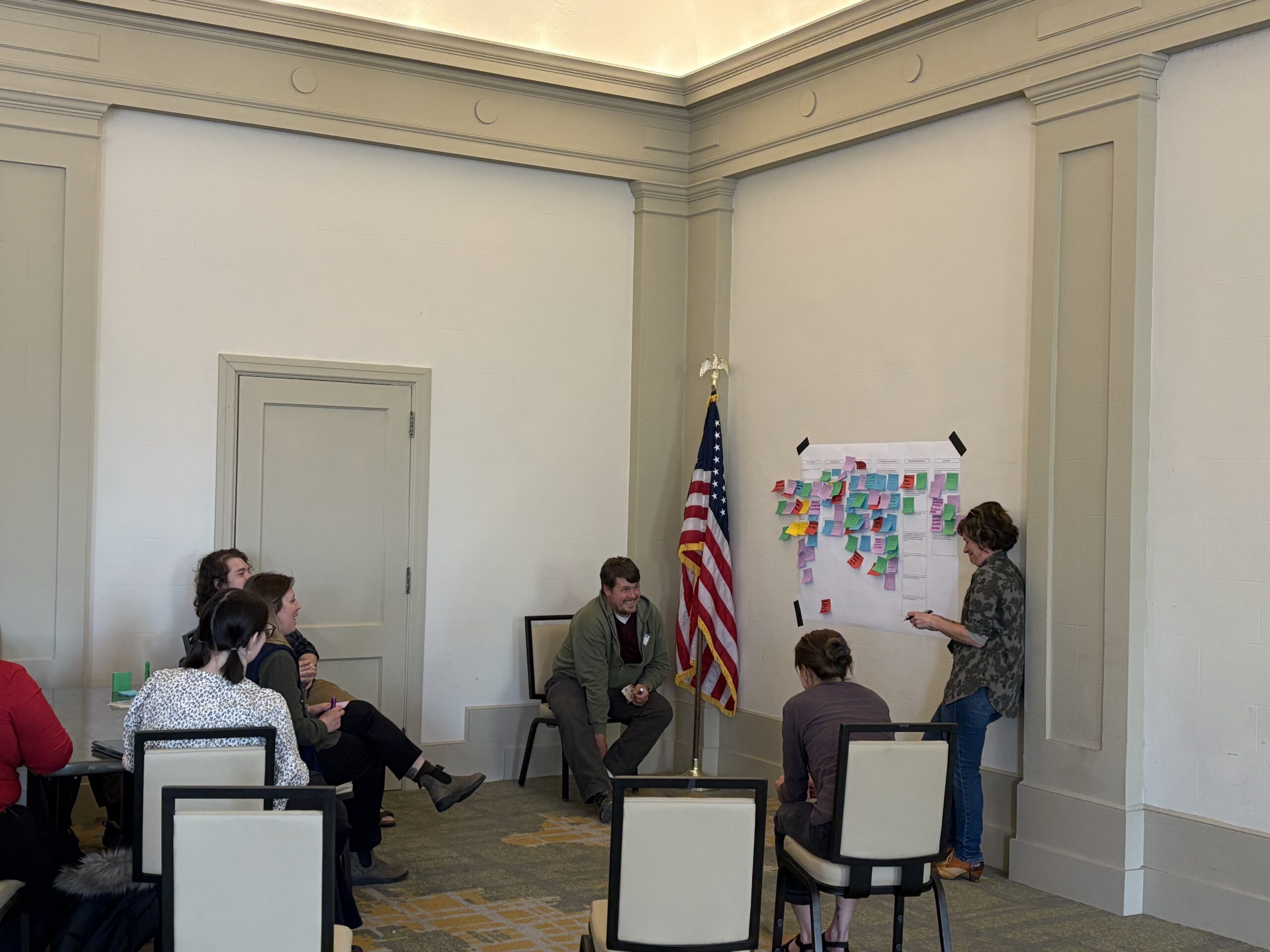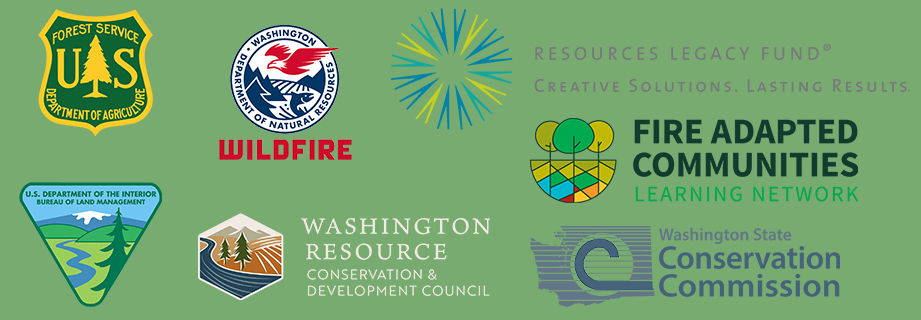Like many places in the Western US, the Methow Valley in north central Washington state faces high wildfire risk and a widening socioeconomic disparity among its residents. For Fire Adapted Methow Valley (FAMV), the intersection of these two factors became a guiding principle: “To truly be a fire adapted community, we can’t leave behind the folks without access to resources or the ability to do mitigation work.” Over the past two years, FAMV piloted an Equitable Mitigation Program (EMP) to learn how to support all residents, regardless of their circumstances, and provide them with the means to prepare for wildfire. We asked Program Coordinator, Kat Heim, to tell us more about the pilot program and the resources FAMV developed to help others pursue equitable access to wildfire mitigation.
WAFAC: Tell us a little bit about FAMV and how and why it started an equitable mitigation program.
Kat: FAMV was formed in 2018 to help community members live safely with fire. We serve roughly the same region as Okanogan County Fire District 6, which covers over 300 square miles of highly combustible forest and shrub-steppe lands surrounding small towns and neighborhoods in the middle to upper valley of the Methow River. We provide resources, collaboration, and learning opportunities to those in our community.
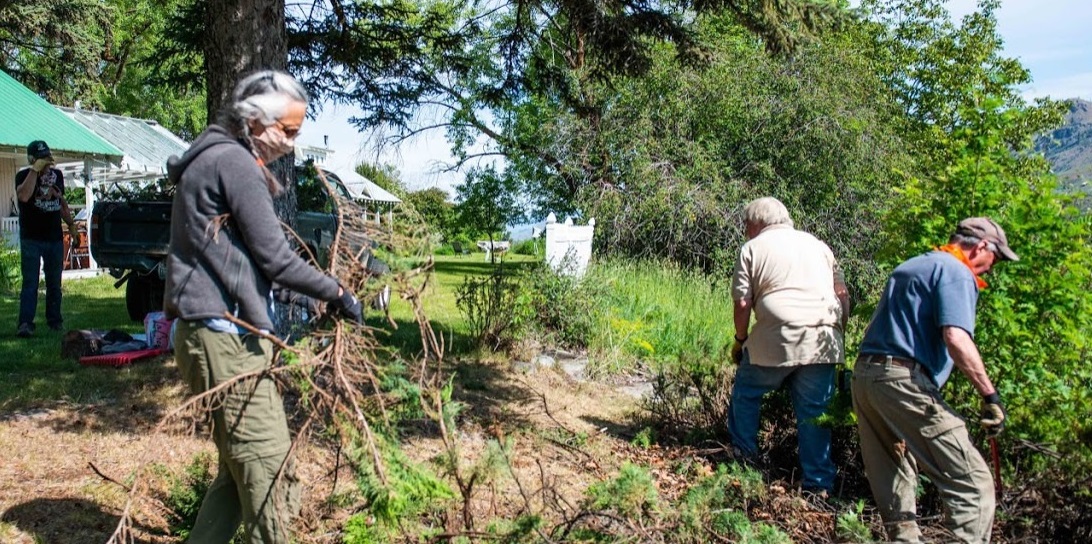
One of our first projects was collaborating with two local community service organizations, Methow At Home and Winthrop Kiwanis, to help elders with limited income prepare their homes and landscapes for wildfire. Our combined capacity enabled us to only treat two properties, one each in 2019 and 2020. Through our partners, we realized there is a significant need for these types of services. In late 2020, FAMV dug into developing and piloting an equity-based wildfire risk mitigation program and conducted local and regional research and a literature review to help us better understand our local community and uncover best practices around equity and wildfire mitigation. In our research, we realized there was no framework or roadmap for developing and implementing an equity-based mitigation program, so we decided to build one ourselves!
The pilot EMP served six clients who needed help with wildfire mitigation actions. We learned an incredible amount about what works and what doesn’t when trying to create an inclusive, equitable, and place-based wildfire risk mitigation program. Throughout the project, we documented our learnings and developed two primary resources:
- The Development Report is a comprehensive document with recommended actions from the pilot program and context for the Toolkit, including findings from the pilot EMP, research, and literature review. This information served as the foundation for developing the EMP.
- A Toolkit that outlines the procedural steps for EMP development and management provides hyperlinks to key documents utilized in or developed in response to FAMV’s pilot EMP, and a timeline. The timeline depicts the steps for initial program development, the overlapping and interrelating steps for program management, and illustrates how each full program cycle correlates with the next.
These resources support our efforts to grow our program and help others who want to build equity in their mitigation programs.
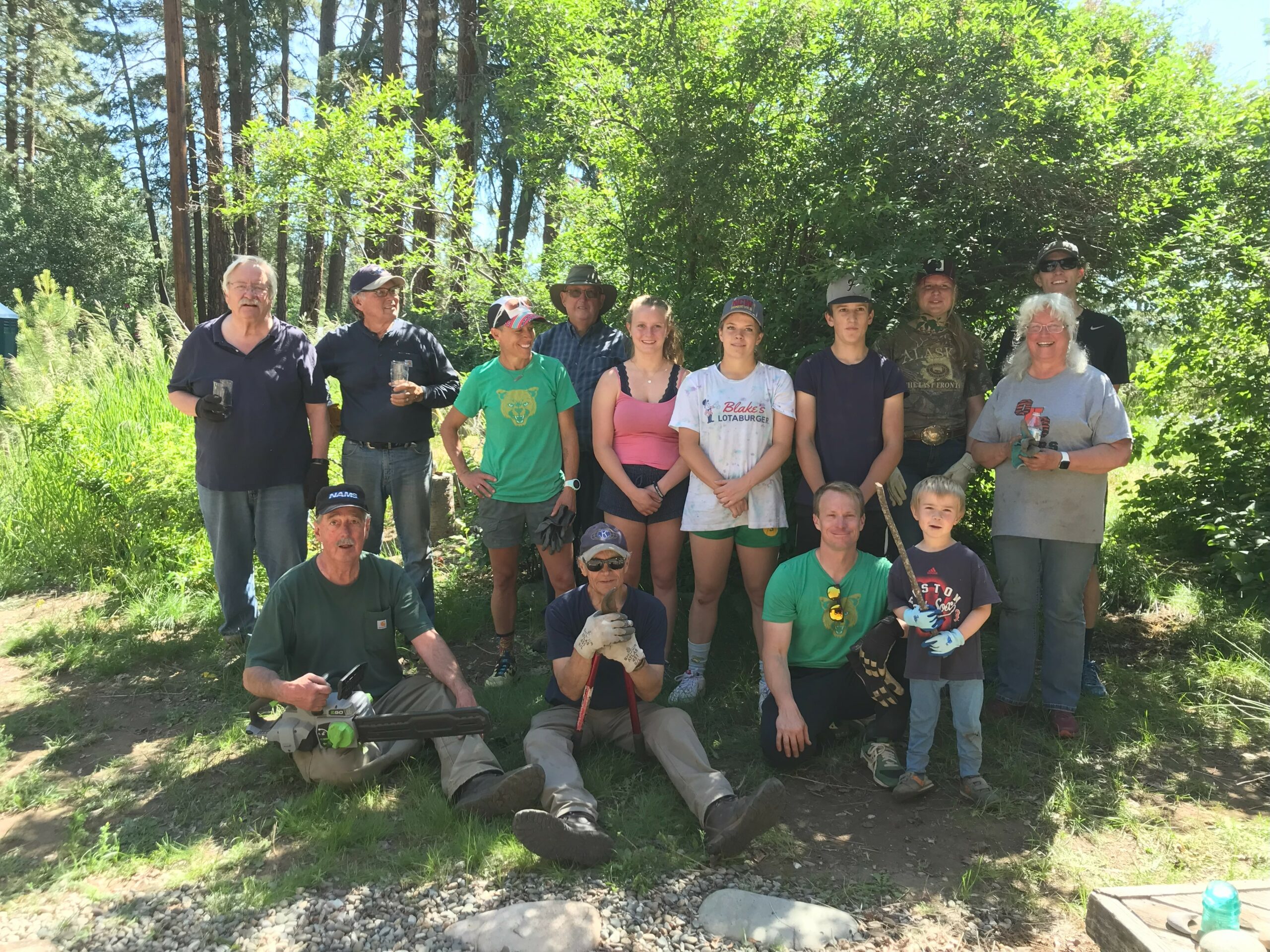
WAFAC: Congratulations on completing the pilot and these tools! They are incredibly comprehensive and well-researched. FAMV has created a detailed road map for others to follow and adapt to their specific places. What are some of the key pieces you’d like to highlight?
Kat: Gosh, so many! They fall into three main categories:
1) Understand your community and factors contributing to inequity – and develop criteria for addressing those factors.
Before we could report on the findings of our pilot program, research, and literature review, we needed to understand the needs, strengths, and challenges presented by the Methow Valley landscape, community, and our organization.
Our first realization was that there are different ways to understand equity; it’s an evolving concept. We needed to know our community better to grasp the myriad ways people can be marginalized: income, age, education level, the stuff they have in their yard, you name it. We had to come to grips with these factors to create a client screening process. We had help from other organizations in our area, including Okanogan County Long Term Recovery. They have been working with folks since the 2014 Carlton Complex fire and have a good sense of the needs and how assistance programs with inflexible selection criteria tend to exclude many people. We developed a two-tiered client eligibility application that considers economic and social criteria, the applicant’s ability to perform mitigation, how wildfire would affect them, and their ability to recover in place (see page 30 of the full report for details).
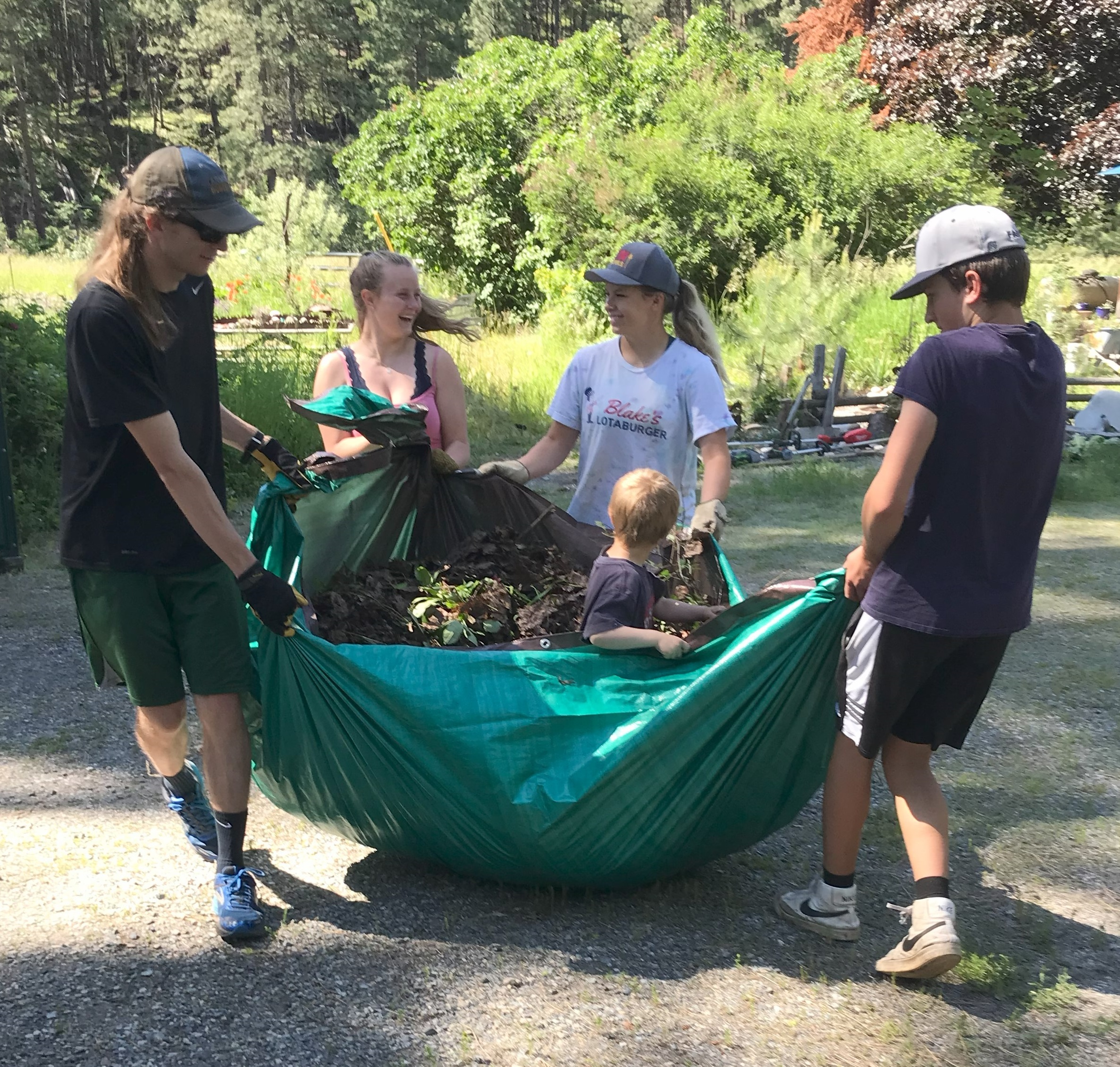
2) Persevere, have patience, and create the time and space for everyone to play a role.
Building trust is crucial and takes time, especially if an individual or community is resistant to change or is not ready for assistance. In our case, neighbors saw examples of mitigation on the ground. They heard positive stories from residents about their experiences with FAMV and the volunteers who worked on the property.
It was very important for each client to participate in some way. There is a stigma around receiving assistance, which can hinder participation. Everyone has something to offer within their capacity, such as cookies for the volunteers or keeping the roses trimmed. Getting to know who you are working with will help you find ways to connect people to the mitigation work.
We adopted a two-tier client contribution model: a no-cost option that required only in-kind match and a cost-share plus in-kind option for clients with slightly greater financial means.
3) Capacity comes in many forms and leads to better outcomes.
The outcomes of this project created a series of ripple effects throughout the community. Our program relied on volunteers and work crews funded by partners to do most of the mitigation work. When on a project site, we spent time explaining to volunteers why we were doing the project, not just what we were doing and how to do it. This led to a growing awareness of wildfire risk and how to mitigate it.
Local volunteers felt they were contributing to a more significant, holistic effort to be fire-adapted. New arrivals to the community learned crucial lessons about living in fire country. Out-of-area volunteers, such as youth with Outward Bound, became advocates for this work. They shared the importance of this work with folks they were working with and in discussions throughout the community.
Reaching out to other organizations that already do a lot of volunteer work, like local churches or Kiwanis, Rotary, Team Rubicon, scout groups, etc., is a great way to get started. Volunteer participation allowed us to stretch our budget and only hire contractors for tasks volunteers and work crews couldn’t perform.
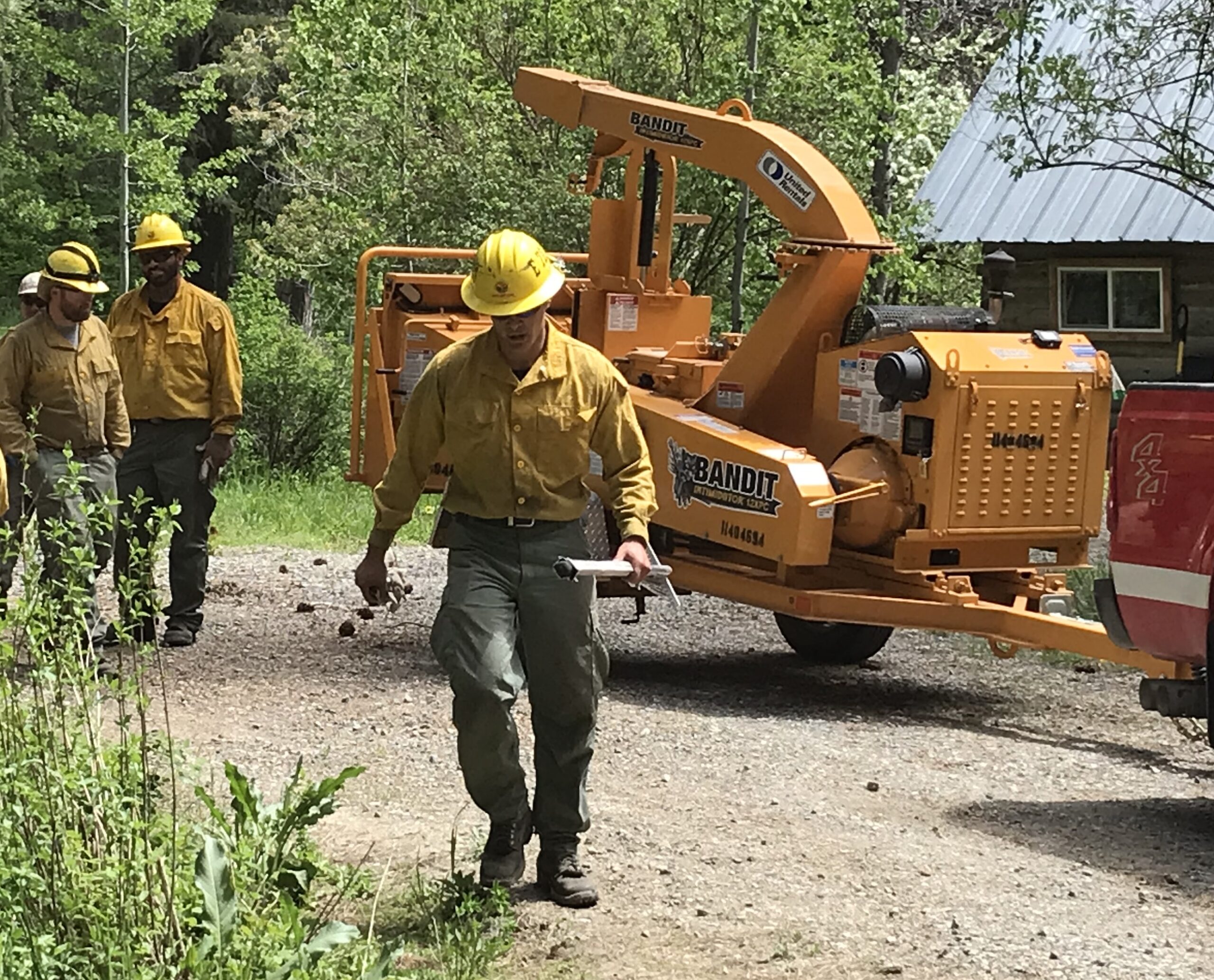
WAFAC: What surprised you during the pilot? Anything that you didn’t know you didn’t know?
Kat: Oh, quite a few things. Let’s see…
- If someone asks for help, it doesn’t mean they will follow recommendations to the letter! Everyone has boundaries – maybe it’s the big tree by their house that they can’t bear to part with, even though it dumps needles all over their roof. Decide how much you are willing to negotiate with a potential client. Be prepared to do so. If you agree not to perform a recommended treatment at the client’s request, gently explain the potential outcomes of no action and offer alternative solutions or other suggestions. For example, ask if their neighbors or friends can help with issues arising from not doing the treatment.
- Just because someone is good at rallying people doesn’t mean they are good at running a crew of volunteers. It’s important to recognize one’s strengths and weaknesses and find a person with the right skills. We thought we’d train people to do home assessments when we started. Now, we leave the technical work to partners like the Okanogan Conservation District and the Washington Department of Natural Resources.
You don’t have to do it all – find the right partners, know the right person or organization for the task, and thank them often!
- Keep tabs on local social media channels. During the Cedar Creek fire in 2021, a community member started sharing what he was doing to get ready in case the fire moved closer to his home. These posts received a lot of attention, and it turned out that he was involved with Team Rubicon, a group that coordinates Veterans to help communities with natural disasters. FAMV worked with him to assemble a team to support three of our EMP clients.
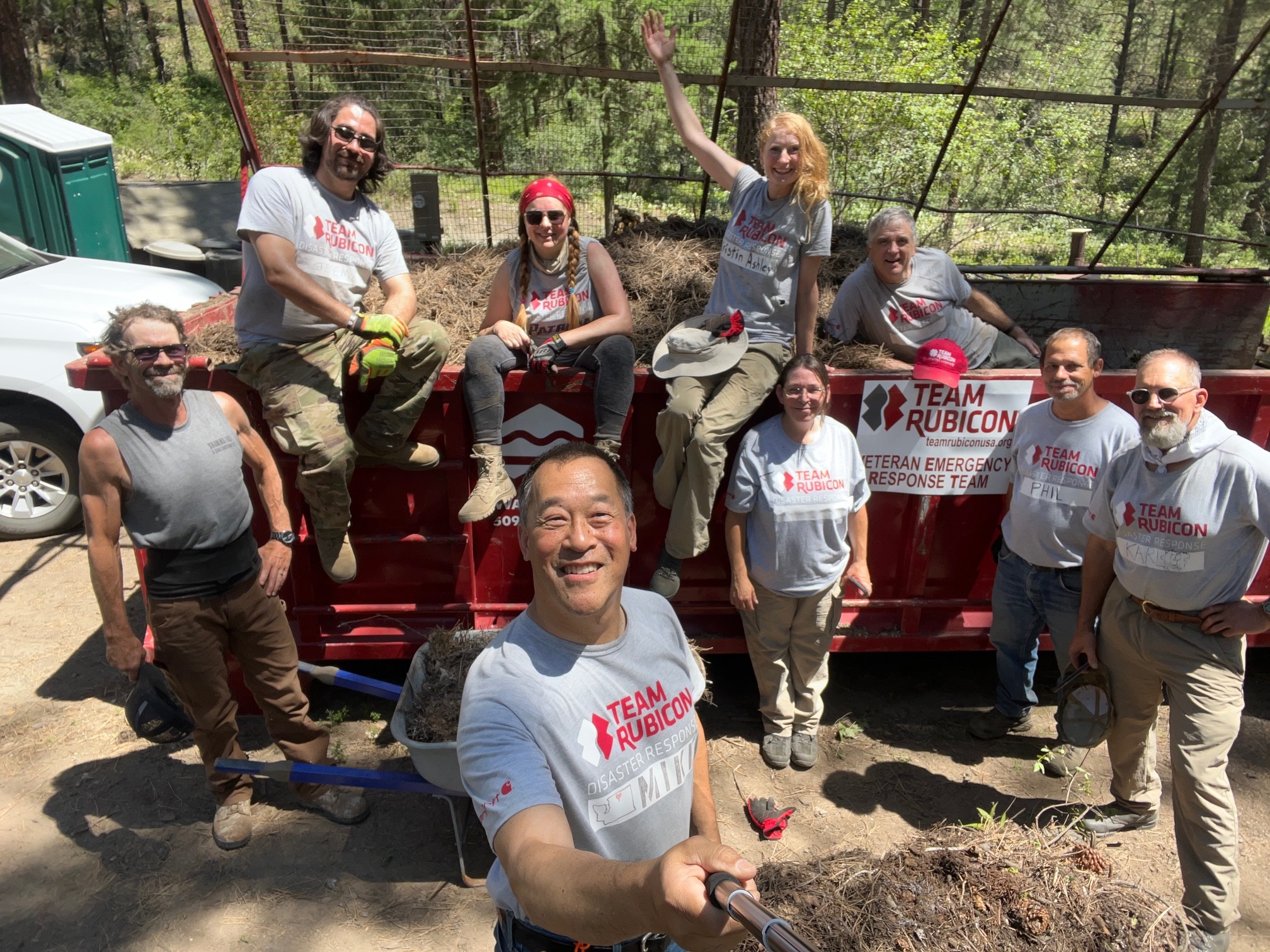
WAFAC: What were some challenges FAMV dealt with during the pilot?
Kat: Residents acquire a lot over time, and there can be many barriers to removing or relocating hazardous materials. We had to remove and dispose of tires, old cars, railroad ties, and various hazardous materials. So much mitigation funding is limited to “vegetation removal”. However, we realized our biggest impact was to remove junk and create gravel perimeters around structures.
In our area, there are so many potential EMP clients in need of assistance, and we could only provide this service once for each client. This kept me awake at night. After the work was completed, would the client be able to maintain the work year after year? Could they find friends or family to help them? We had to be transparent with clients.
During the treatment planning process, we described different maintenance options: ones that needed less ongoing maintenance, like removing a tree that shed copious needles on a roof each year, or those that provided short-term benefits but would require clients’ diligent and continuous work to keep the area maintained immediately around their house, like leaving the tree and only removing lower limbs and other ladder fuels beneath it. Ultimately, we concluded that our EMP could not dictate treatments; we could only offer recommendations and information for how best to mitigate ongoing risks given their choices.
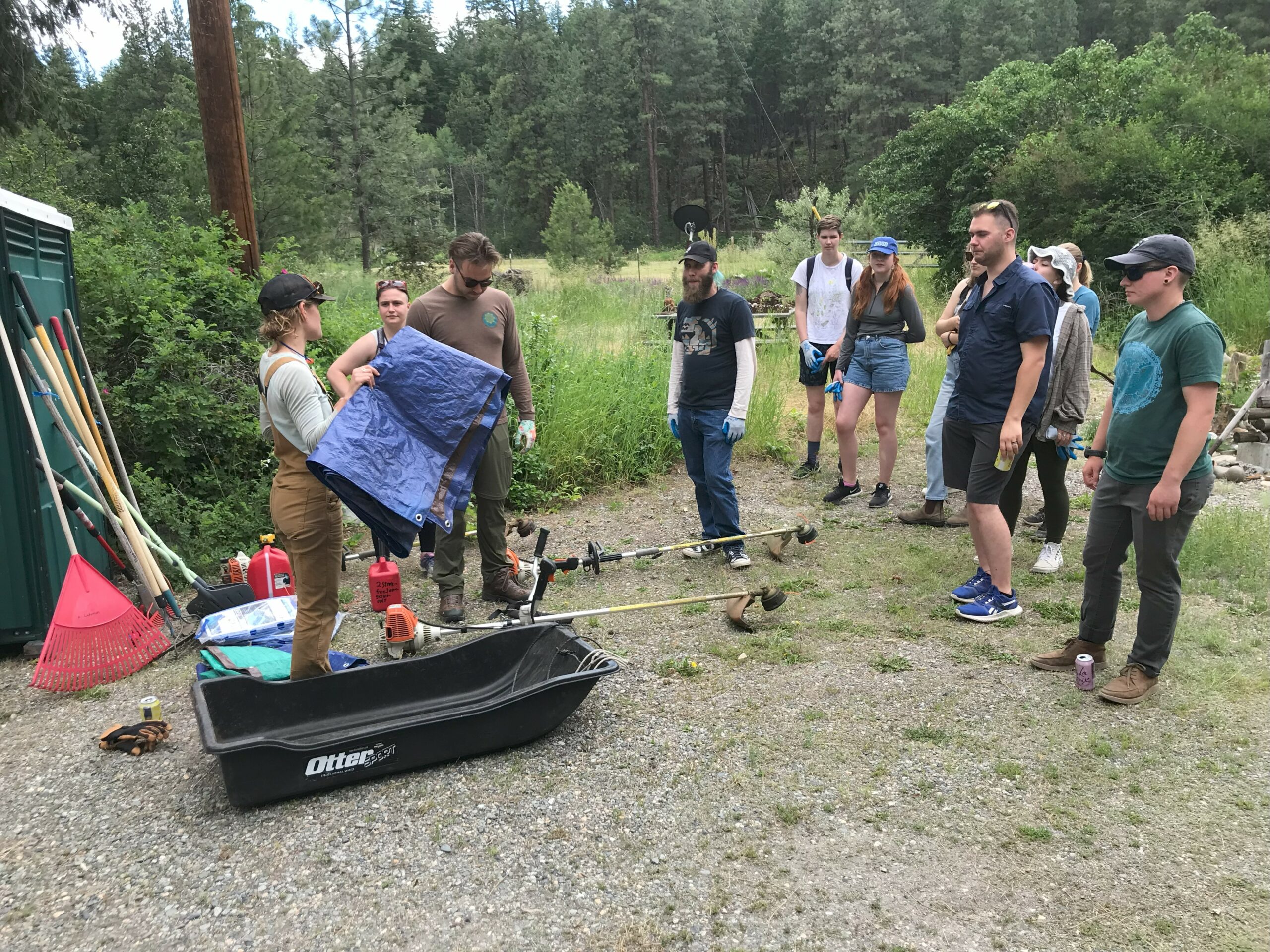
WAFAC: Any final advice for folks as they consider building equity into their mitigation programs?
I think it’s important to recognize that wildfire further widens the divides already in communities. The Methow Valley is experiencing issues similar to those of other parts of the country in terms of wildfire risk and changes in population from remote workers. A cookie-cutter approach won’t work.
Within any community, people have different needs, values, and living situations, and mitigation must be tailored to both the unique characteristics of the targeted EMP clients and the landscape in which they live.
We hope the research and resources we gathered in our report, toolkit, and matrix will provide community fire adaptation practitioners, local leaders, and decision-makers a framework for developing their more equitable and inclusive access to wildfire mitigation resources and assistance programs.
To learn more about FAMV watch this interview with the founders, Nancy Farr and Kathryn Heim. To learn more about the Equitable Mitigation Program, check out this virtual discussion between Kathryn Heim and Ashley Blazina from the Washington Department of Natural Resources.
Fire Adapted Methow Valley is a fiscally sponsored project of the Washington Resource Conservation and Development Council.
